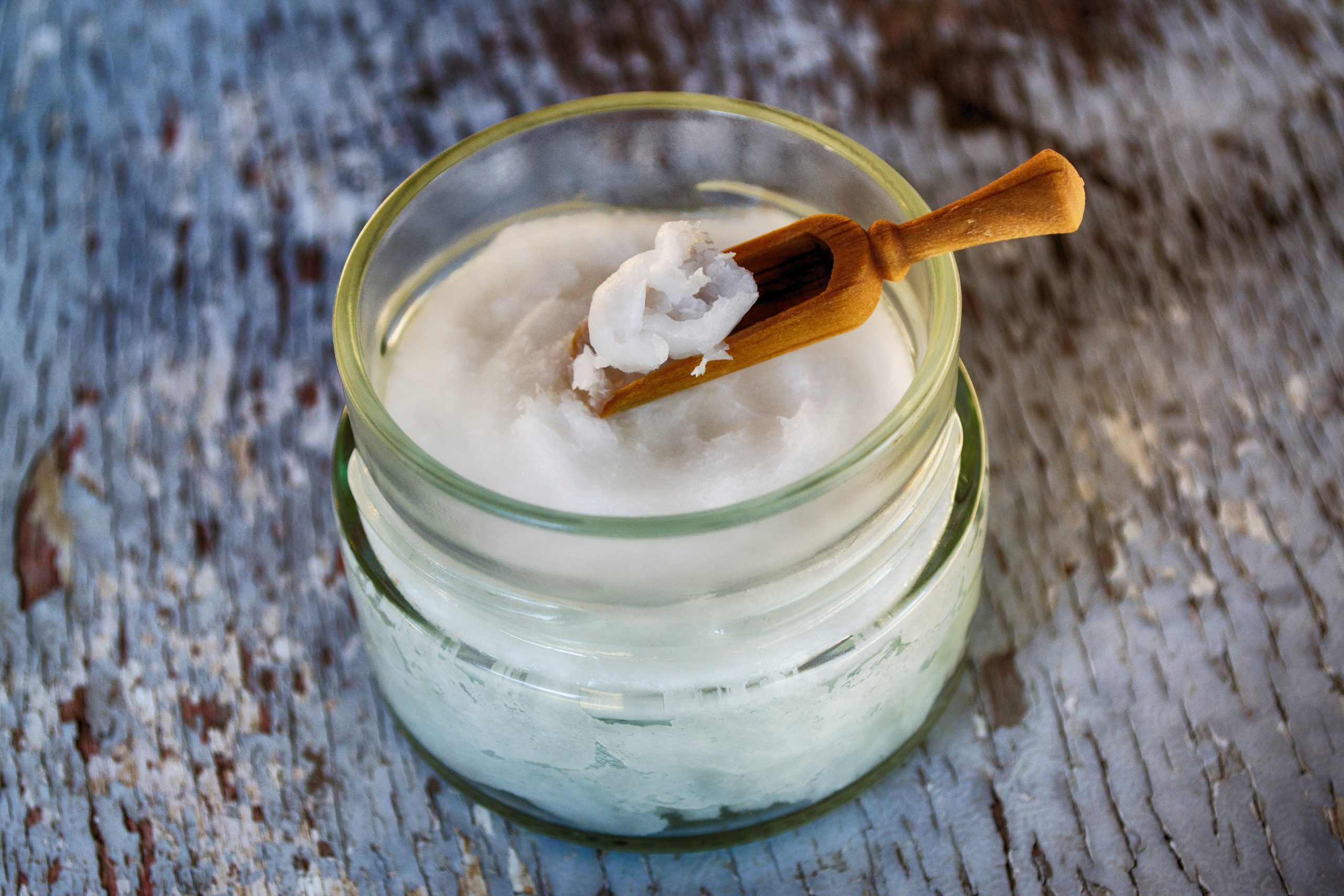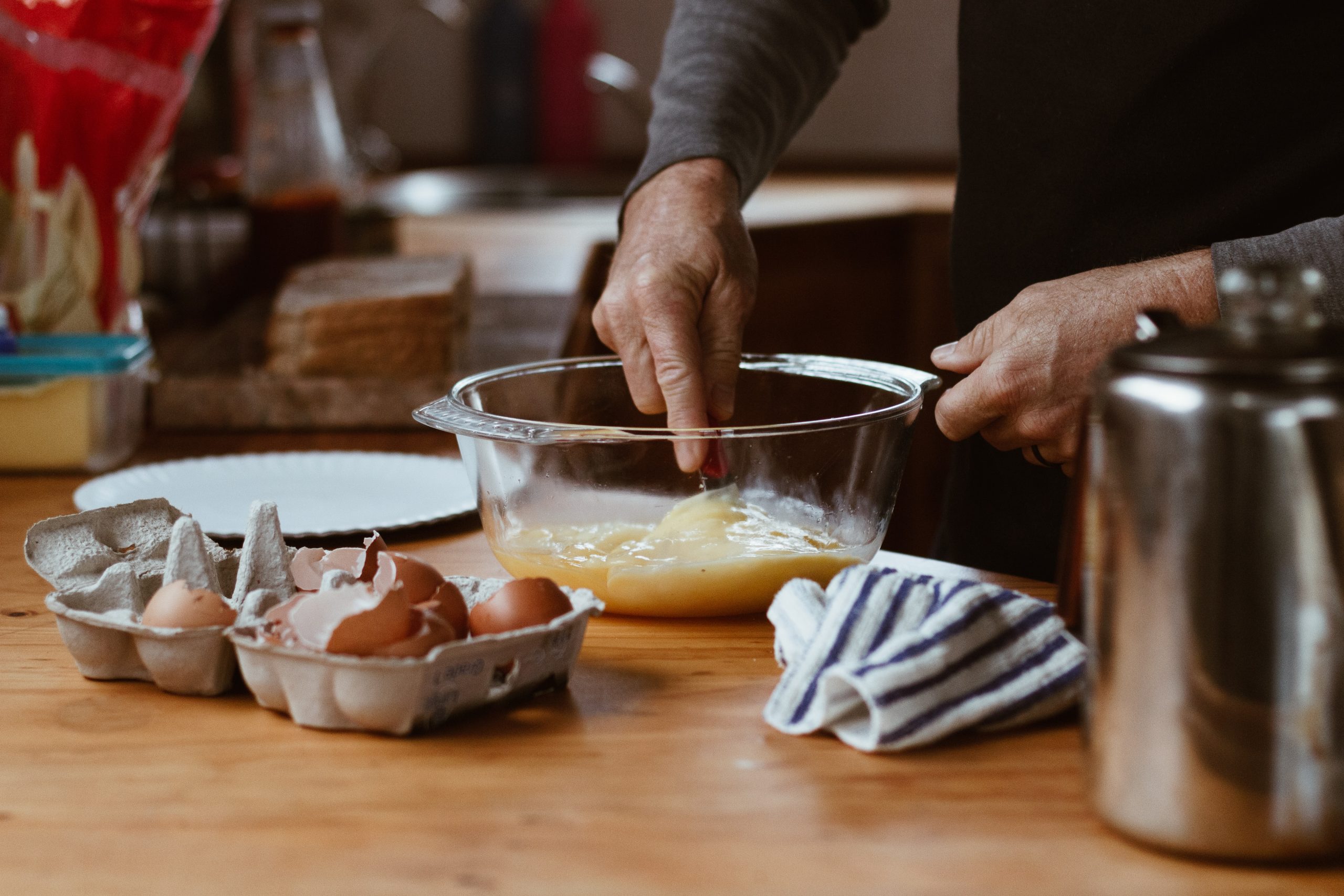Have you ever wanted to make your own coconut cream at home? It’s actually pretty easy to do, and only requires a few ingredients. In this blog post, I’m going to show you how to make coconut cream at home, using just a few simple ingredients.
Table of Contents
What You Need for Coconut Milk
To make coconut milk, you will need the following ingredients:
Coconuts: Select one or two mature, brown coconuts depending on how much cream you want to make. Look for coconuts that are heavy and have no cracks or soft spots. This yields about 1 cup unsweetened shredded coconut
A high-powered blender: To achieve the silkiest and most velvety coconut milk, your best ally is a high-powered blender. This kitchen gadget is instrumental in pulverizing the coconut meat, resulting in an exceptionally smooth consistency. While a standard blender could suffice temporarily, it may not yield the same impressive outcome.
The main difference between coconut milk and coconut cream lies in their consistency and fat content.
Coconut milk is a liquid that is made by mixing grated coconut meat with water. It has a thin and smooth consistency similar to cow’s milk, and it is commonly used as a traditional ingredient in many Southeast Asian cuisines. Coconut milk typically contains about 17-25% fat, depending on the brand or variety.
On the other hand, coconut cream is a thicker and richer version of coconut milk. It is made by simmering a higher ratio of coconut meat to water, resulting in a thicker and creamier product. Coconut cream has a much higher fat content, usually around 24-30% or even higher. It is often used in desserts, curries, and creamy sauces to provide a luxurious texture and flavor.
In summary, coconut milk is a lighter and thinner liquid with a lower fat content, while coconut cream is thicker and creamier with a higher fat content. The choice between them depends on the desired consistency and richness in a particular recipe.
How to Prepare the Coconut
With a sharp knife, pierce the “eyes” of the coconut. These are the small, dark spots on the smooth outer shell of the fruit.
Make sure to pierce the eyes in several places to allow for easy drainage.
Place the coconut in a bowl and allow the coconut water to drain into a container.
You can now either crack the coconut open with a hammer or a knife, or you can use a coconut opener.
Once the coconut is open, remove the inner white flesh from the shell.
To remove the brown husk from the white flesh, you can either use a vegetable peeler or a knife.
Now that you’ve prepped your coconut, it’s time to enjoy it! You can drink the coconut water as is, or sweeten it to use in a recipe. The coconut flesh can also be eaten as is, or used in a number of different dishes. Keep the leftover coconut water and any extra coconut milk in the refrigerator overnight.
Coconuts are a versatile fruit that can be used in sweet or savory dishes. With a little bit of prep work, you can enjoy all that this tropical fruit has to offer.
Tips for Making the Best Coconut Cream From Coconut Milk
If you love the taste of coconut, chances are you’re a fan of coconut cream. This rich, creamy ingredient is perfect for adding to all sorts of recipes, from curries and soups to desserts and drinks. Plus, it’s relatively easy to make at home. Here are some tips for making the best coconut cream.
1. Use fresh, high-quality ingredients.
This is key for any recipe, but especially important when making coconut cream. Since the primary ingredient is, well, coconut, you want to use fresh, high-quality coconuts. If you can get your hands on fresh coconuts, great! If not, look for frozen coconut meat or canned coconut milk that’s been made with fresh coconuts. Avoid coconut milk that’s been made with powdered coconut or dried coconut flakes, as it will not taste as good.
2. Use full-fat coconut milk.
For the richest, creamiest coconut cream, you want to use full-fat coconut milk. The fat content in coconut milk helps to create that rich, creamy texture, so don’t skimp on it. You can find full-fat coconut milk in most grocery stores these days, but if you have trouble finding it, you can also order it online.
3. Don’t add additional water.
When making coconut cream, resist the temptation to add water. This will only dilute the flavor and make the cream less rich and creamy. If you find that your coconut cream is too thick, you can thin it out with a bit of coconut milk, but don’t add water.
4. Use a high-powered blender.
For the smoothest, creamiest coconut cream, you want to use a high-powered blender. This will help to break down the coconut meat and create a ultra-smooth texture. A regular blender will work in a pinch, but it won’t produce the same results.
5. Add flavorings of your choice.
Once you’ve made your basic coconut cream, you can flavor it however you like. Add a bit of vanilla extract or coconut extract for extra coconut flavor, or stir in some cocoa powder or spices for a different twist. Get creative and experiment to find the flavors you like best.
Making coconut cream at home is easy and well worth the effort. With these tips, you’ll be able to make the best coconut cream that’s perfect for all your favorite recipes.
Making the Coconut Cream From the Milk
How To Make Coconut Cream
Ingredients:
- 1 cup of coconut milk
- 1/4 cup of cornstarch
- 1/2 cup of sugar
- 1 teaspoon of vanilla extract
Instructions:
- In a medium saucepan, whisk together the coconut milk, cornstarch, sugar, and vanilla extract.
- Place the saucepan over medium heat, and bring the mixture to a boil.
- Cook the mixture for 2 minutes, or until it thickens.
- Remove the saucepan from the heat, and let it cool.
- Pour the mixture into a food processor or blender, and blend until smooth.
- Pour the coconut cream into a container, and refrigerate for at least 2 hours.
- Serve the coconut cream cold, with your favorite dessert.
Serving and Storing Coconut Cream
Coconut cream is a delicious and versatile dairy-free alternative to traditional cream. It can be used in sweet or savory dishes, and is a key ingredient in many curries and other Asian-inspired dishes. Coconut cream can be bought pre-made, or you can make your own at home using coconut milk.
When serving coconut cream, it is important to remember that it will thicken as it cools. This means that it may not be suitable for use in dishes that require a pourable sauce or gravy. Coconut cream can be served cold or hot, and can be used as a topping or an ingredient in dips, dressings, and desserts.
If you are not using coconut cream right away, it can be stored in the refrigerator for up to a week. Be sure to give it a good stir before using, as the solid coconut fat will have separated from the liquid. Coconut cream can also be frozen for up to six months.
Ideas for Using Coconut Cream
Coconut cream is a delicious and healthy alternative to dairy cream. It’s made by taking the meat of a mature coconut and blending it with water. The result is a thick, creamy, and white liquid that has a slightly sweet flavor and a rich texture.
Coconut cream can be used in both sweet and savory dishes. It’s a great addition to curries, soups, and stews. It can also be used in baking and desserts. Here are some ideas for using coconut cream:
- Add it to your morning coffee or tea for a delicious and creamy drink.
- Make a vegan version of whipped cream by whipping coconut cream with sugar and vanilla extract.
- Use it as a topping for pancakes, waffles, or oatmeal.
- Use it in place of dairy cream in recipes for soups, curries, or sauces.
- Add it to smoothies or milkshakes for a creamy and delicious treat.
- Make homemade ice cream by blending coconut cream with frozen fruit and sweeteners.
- Use it as a base for homemade salad dressings.
- Drizzle it over fresh fruit or vegetables as a healthy and delicious topping.
Coconut cream is a versatile ingredient that can be used in many different ways. Get creative and experiment with using it in your favorite recipes.
Health Benefits of Coconut Cream
The health benefits of coconut cream are numerous and the list seems to be ever-growing. Coconut cream is rich in lauric acid, a saturated fat that has been shown to have antimicrobial and anti-inflammatory properties. Coconut cream is also a good source of medium chain fatty acids (MCFAs), which the body can easily convert into energy. MCFAs are also known for their ability to boost metabolism and promote weight loss.
Coconut cream is a natural moisturizer and can help to hydrate and nourish the skin. It can also help to treat various skin conditions such as eczema, psoriasis, and dermatitis.
Coconut cream is also said to be beneficial for the hair, helping to add shine, softness, and strength. It can also help to prevent dandruff and lice.
Coconut cream is a good source of vitamins and minerals, including vitamin C, vitamin E, iron, and calcium. Coconut cream also contains potent antioxidants that can help to protect the body from damage caused by free radicals.What are the health benefits of coconut cream?
The health benefits of coconut cream are numerous and the list seems to be ever-growing. Coconut cream is rich in lauric acid, a saturated fat that has been shown to have antimicrobial and anti-inflammatory properties. Coconut cream is also a good source of medium chain fatty acids (MCFAs), which the body can easily convert into energy. MCFAs are also known for their ability to boost metabolism and promote weight loss.
Coconut cream is a natural moisturizer and can help to hydrate and nourish the skin. It can also help to treat various skin conditions such as eczema, psoriasis, and dermatitis.
Coconut cream is also said to be beneficial for the hair, helping to add shine, softness, and strength. It can also help to prevent dandruff and lice.
Coconut cream is a good source of vitamins and minerals, including vitamin C, vitamin E, iron, and calcium. Coconut cream also contains potent antioxidants that can help to protect the body from damage caused by free radicals.
FAQs about Coconut Cream
Coconut cream is a delicious, creamy alternative to dairy milk that is made from the flesh of mature coconuts. It is a popular ingredient in many Thai and Indian dishes. Here are answers to some frequently asked questions about coconut cream.
What is coconut cream?
Coconut cream is a thick, creamy white liquid made from the flesh of mature coconuts that has been reduced down by simmering. It has a rich, coconutty flavor and is a popular ingredient in many Thai and Indian dishes.
What are the benefits of coconut cream?
Coconut cream is a good source of healthy fats, including lauric acid, which has been shown to have antimicrobial properties. Coconut cream is also a good source of vitamins and minerals, including vitamin C, potassium, and magnesium.
What are some uses for coconut cream?
Coconut cream can be used in place of dairy cream in many recipes. It is also a popular ingredient in Thai and Indian dishes, such as curries, soups, and stews. Coconut cream can also be used as a hair or skin moisturizer.
How should I store coconut cream?
Coconut cream can be stored in the fridge for up to 2 weeks. However, it will thicken and solidify when chilled, so you may need to whisk it before using. Alternatively, you can store coconut cream in the freezer for up to 6 months.



